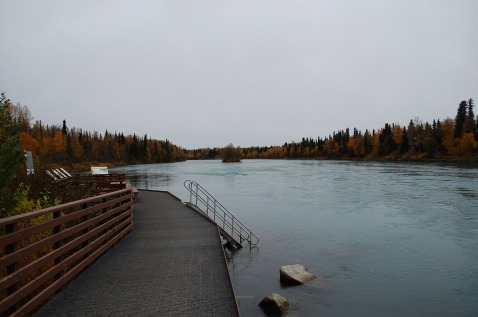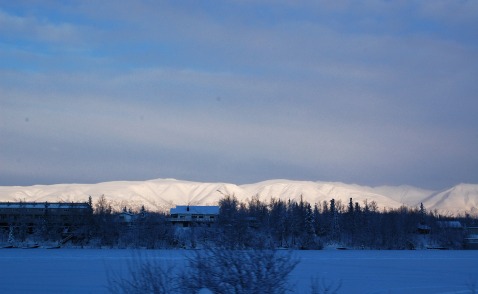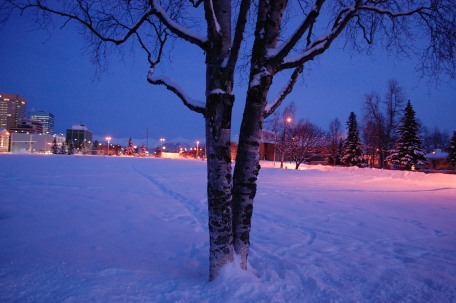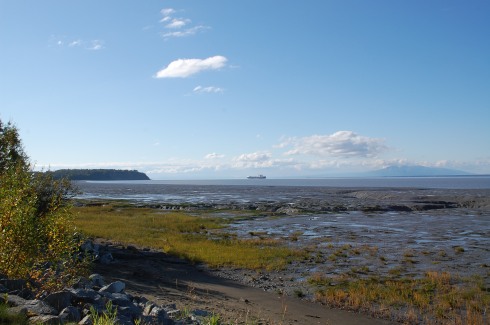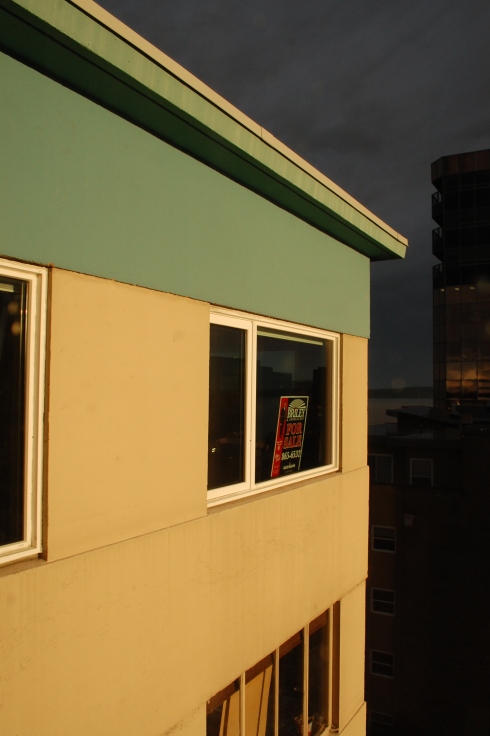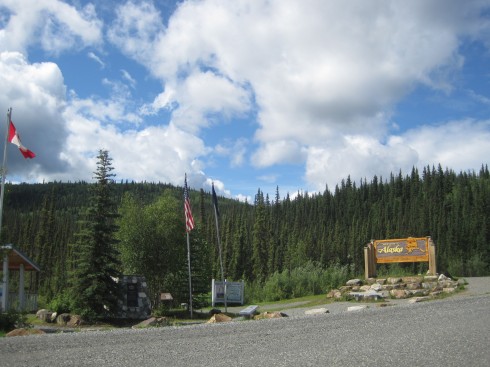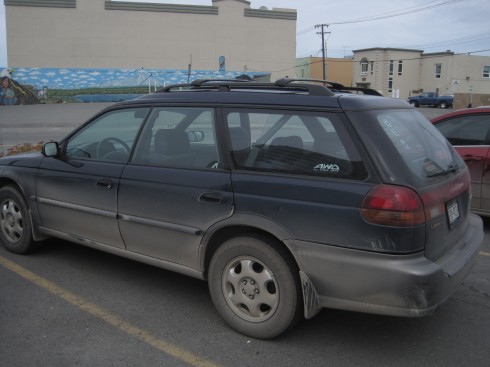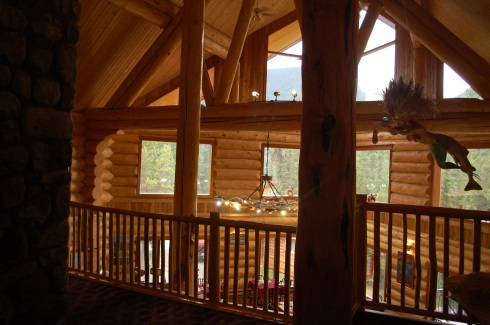As all things government-spending-related become topics of general debate rather than just policy wonks’ geek-out of choice, the activities of that government move into the spotlight. And as our cities get more popular and our problems of modern living more complicated, the field of planning (land use, environment, transportation, housing, economy, other) has been lauded as the solution or attacked as part of the problem.
There’s no easy way to characterize and dissect American attitudes toward planning, and certainly no one solution to the “right” kind of planning and at what cost. Generally speaking, though, people in my generation (finished school, starting their first job or three, married or not, moving to a new place in the city, enjoying “urban” amenities like coffee shops and parks and concert series, walking or biking to work) seem to generally view urban planning as a positive thing, where older generations tend to be more skeptical.
While recognizing this is itself a generalization, I wondered if I could explain it with another generalization: people my age tend not to be property owners, and those older (who tend to be skeptics) are. To them, “planning” is not about finding an affordable apartment or having a bike lane or community garden, but about how much their property taxes are, who is telling them whether they’re allowed to put an addition on their house, and whether installing a roundabout in their area will increase traffic along their street. Not to mention homeowners’ focus on the quality of their schools, since much of the district’s expenses come directly out of their property taxes and since, if they have children, they may have made the decision to live where they do based on the schools.
No wonder they may gripe about planning! If all they ever see of urban planning is the Board of Zoning Appeals and their water bill and annual or tri-annual tax assessment, and maybe a road improvement which increases traffic congestion or impacts their parking spot at work, no wonder they complain. They don’t take the bus, so a new route isn’t too exciting; they spend a lot of time working on their house or in their own backyard, so they don’t go to a public park except maybe for the Fourth of July fireworks; and they’re busy living their own lives and aren’t generally called on to articulate the long-term vision for their community. They care about paying the large bills (mortgage, utilities, taxes, school and children, car payment) they have to worry about.
This isn’t to say that people my age don’t own cars or some form of property, or inherently care more about their community (some would argue they care less, being more transient) or automatically use these public resources. They do, however, tend to be less burdened with taxes and possessions and are in a place where they’re more open to and able to try new things; have less money, so rely on things like renting an apartment or taking public transportation or spending time in free public spaces; and may use their free time to engage in civic projects like community gardens or social activism or environmental justice work or just spending time enjoying urban amenities. As cities, and by extension planning as a field, become the next cool thing – even Scientific American got on the bandwagon and just had an issue celebrating cities – those who haven’t yet been burdened with the full costs of modern living seem to overlook the bureaucracy and focus on the bigger, more interesting picture.
So assuming all this speculation has identified a decently solid truth, I further wonder, is this the natural progression of generational attitudes toward planning? Or will this enthusiasm “stick” as my generation buys property, settles down, has children who need schooling, and who will eventually get stuck with the bills? There’s already mixed evidence about whether suburban living will continue to appeal to young families, but from my very limited and anecdotal evidence, it does seem that school-age children (and/or the desire for a more traditional household living situation) will drive some people out of city neighborhoods to somewhere more suburban, less complicated bureaucratically and planning-wise. If young people will inevitably grow out of their love of urban living and support of greater institutional involvement of the life of a city, then we should worry (again) about our cities in the next few decades, if they will again enter a low period.
If the attitude is not simply related to age and level of responsibility, however, maybe we’re really in a larger period of change. Maybe we still need to focus on convincing the homeowners and soon-to-retire generation (who after all, still have the power as property owners) that some changes with planning are a good thing. But maybe we also have the larger shift in attitude on our side, in the long run.
And of course there’s one huge group I have not touched on: the elderly. Those who may or may not still own their own homes, and who are still paying those bills (though maybe not a mortgage) like their working counterparts. Many of those people were also young when cities were rapidly growing in the US, however, and may see a city neighborhood in a more positive, perhaps more nostalgic way. As they age, they become more dependent on others to get around, are less able or willing to drive everywhere, and they may or may not be interested in the housework associated with “aging in place” versus settling in a denser and more active community with other seniors. As they interact less with planning bureaucracy but face more of the issues that planning addresses, will their attitudes also change for the better? How do their attitudes now differ from younger generations?
As with any issue or question or field of work which relies on public discourse, planning needs to care about how it is perceived by the general population. Ultimately, planners are only there to educate and advise the public about decisions it will make about its own community and future. The underlying perceptions of planning have an effect on each individual project or debate, and the success of our field depends in part on our awareness of and ability to positively influence those perceptions of us and our work.




